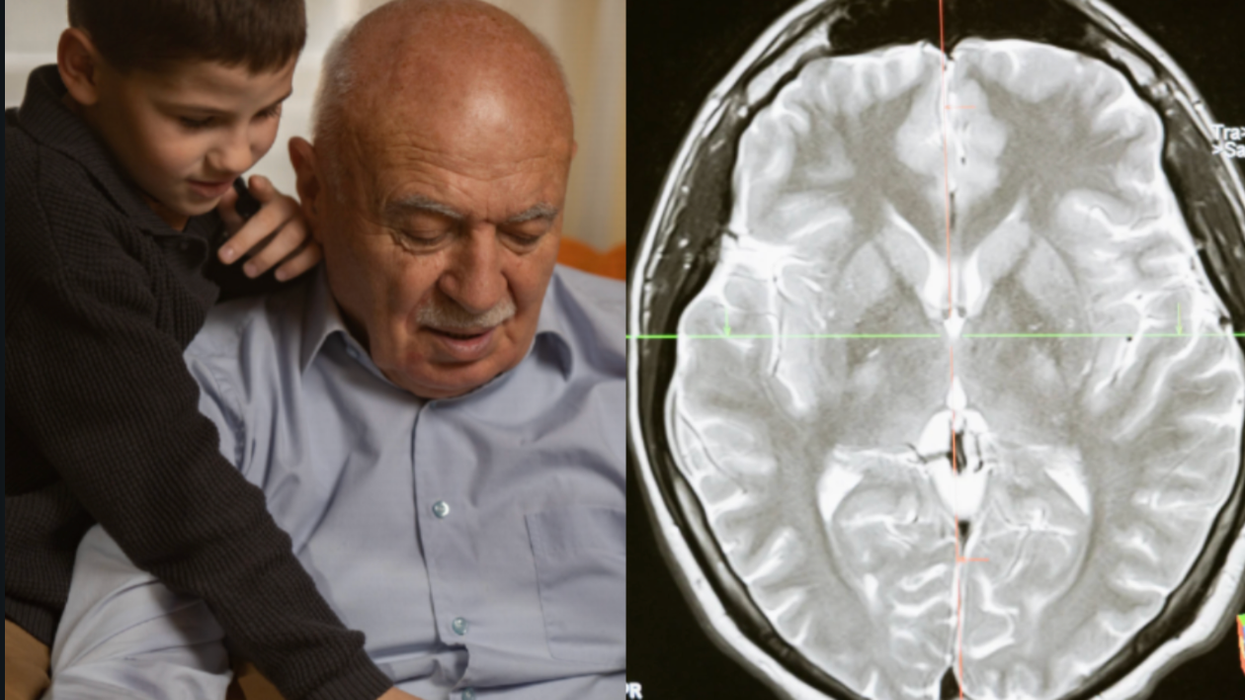The Cleveland baseball team will be dumping Chief Wahoo — the racist caricature that’s festooned team caps, uniforms, and merchandise in various forms since 1947 — from the players’ on-field gear.
That doesn’t mean we’ve seen the last of Wahoo. Fans will still be able to purchase official Wahoo-embossed items. According to the Associated Press, both Major League Baseball and the team will keep hawking Wahoo merchandise. Some believe they’re doing so to maintain copyright protection. If sales of Chief Wahoo-emblazoned items were eliminated entirely, some enterprising businessperson could start cranking out a profitable pile of “throwback” gear and take a hefty slice of their profits. This trick allows both entities to keep a revenue stream flowing while formally distancing themselves from a racist logo.
That kind of plausible deniability is nice to have, what with Cleveland hosting the 2019 All-Star Game. Per Cleveland Scene and elsewhere, the timing isn't a coincidence: Being gifted the three-day event was Cleveland’s reward for (officially) dumping Chief Wahoo.
In a statement, MLB commissioner Rob Manfred tiptoed around the word “racist.” Instead, he described Chief Wahoo as “no longer appropriate for on-field use.” Which, again, subtly elides the reason the logo had to go.
“Major League Baseball is committed to building a culture of diversity and inclusion throughout the game,” said Manfred. “Over the past year, we encouraged dialogue ... about the club’s use of the Chief Wahoo logo. During our constructive conversations, Paul Dolan made clear that there are fans who have a longstanding attachment to the logo and its place in the history of the team.”
Dolan, the Cleveland baseball team’s CEO, and Manfred began hinting that Chief Wahoo was on the way out in 2016, when the logo was placed front and center during the World Series. Naturally, a bunch of Cleveland fans attended game wearing offensive face paint. Manfred continued to press the matter before the start of the 2017 season, though the dialogue was couched in noncommittal terms about doing what’s “good for the [team] and good for baseball.”
Just in case the commitment to coddling Chief Wahoo’s defenders was unclear, Dolan added: “We have consistently maintained that we are cognizant and sensitive to both sides of the discussion. While we recognize many of our fans have a longstanding attachment to Chief Wahoo, I’m ultimately in agreement with Commissioner Manfred’s desire to remove the logo from our uniforms in 2019.”
The decision was praised by the National Congress of American Indians, an advocacy group that works to defend the rights of Native Americans. “These mascots reduce all Native people into a single outdated stereotype that harms the way Native people, especially youth, view themselves,” NCAI president Jefferson Keel said in a statement. “NCAI will press on with this struggle until every single one of these harmful mascots is gone from the sports landscape.”
Jacqueline Keeler, a Native American journalist, author, and an activist who has worked to rid sports of Native American mascots added: “I am gratified the people of Cleveland where I was born and where my Native parents met and fell in love has decided to do the right thing and recognize Native people as more than a grotesque caricature.”
But as The New York Times explained, an old wives’ tale about Chief Wahoo’s origins still persists:
“The Indians team name itself is supposedly derived from Louis Sockalexis, a member of the Penobscot nation in Maine, who played for a different Cleveland team in the National League from 1897-1899.”
The word “supposedly” is doing a lot of heavy lifting there. While Sockalexis is thought to be the first Native American to play professional baseball as a member of an earlier Cleveland baseball team, the idea that the team’s name was a way to honor Sockalexis bears little relation to reality. As Joe Posnanski writes, in 1915 the team’s owner was looking to move on from the name “Cleveland Naps” (in honor of Napoleon Lajoie) and sought out the council of writers from the four major local newspapers, who went with the team’s current name. Sockalexis isn’t mentioned as an inspiration until 1948, but the story is repeated enough in sports media that history was rewritten. Regurgitating this myth, that the team was “honoring” Sockalexis — who reportedly dealt with a near-constant stream of racist taunts from fans and the press, even when he was hitting well over .300 — carries a lot of water for Wahoo’s defenders. As the Times puts it: “Some proponents of the logo say that it, and the team name, actually honors American Indians.”
No, it doesn’t. Your turn, Washington.







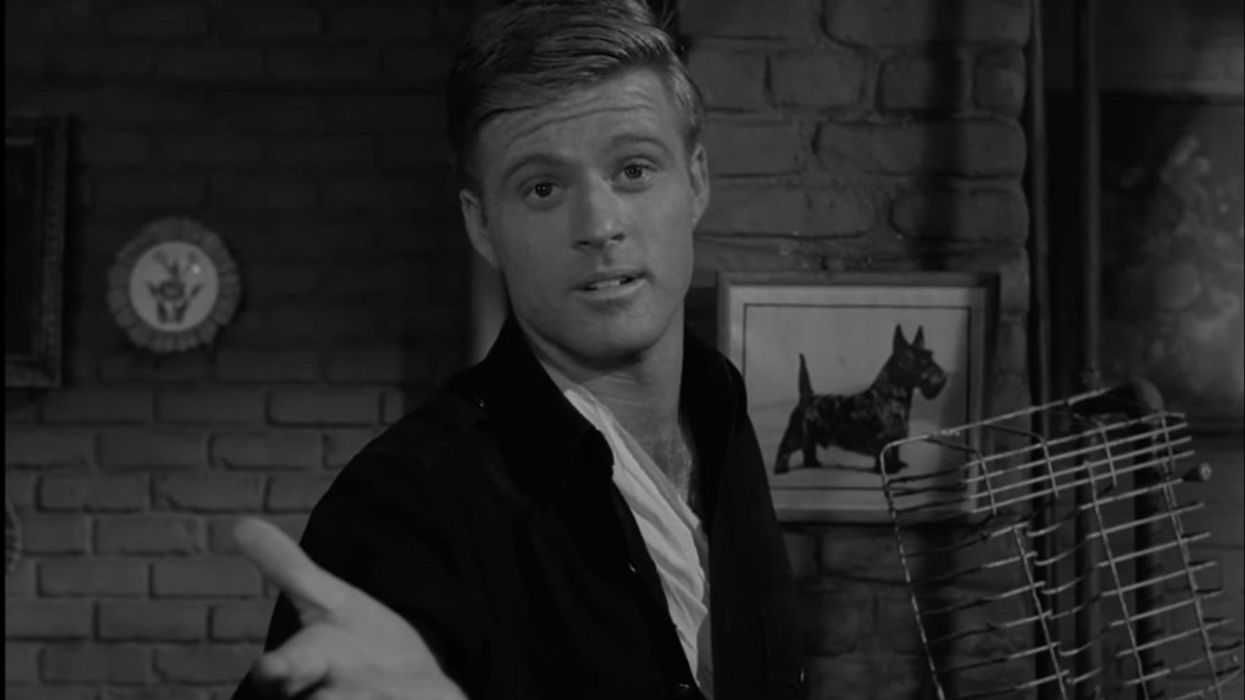
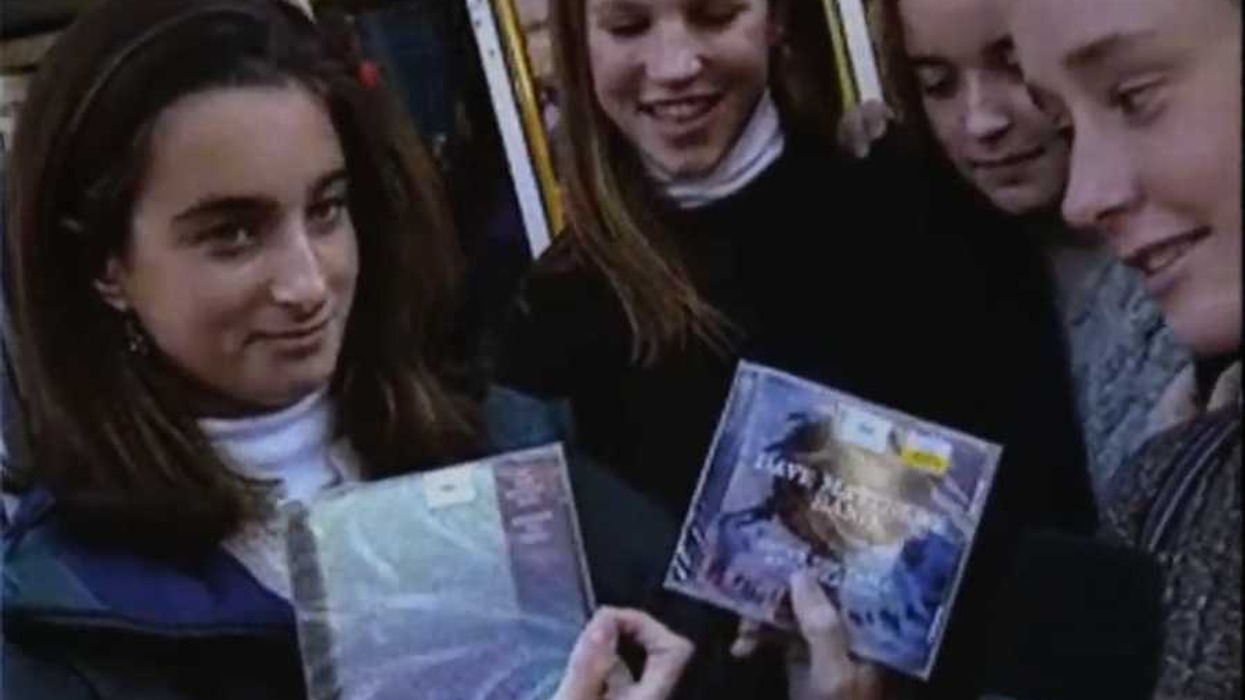
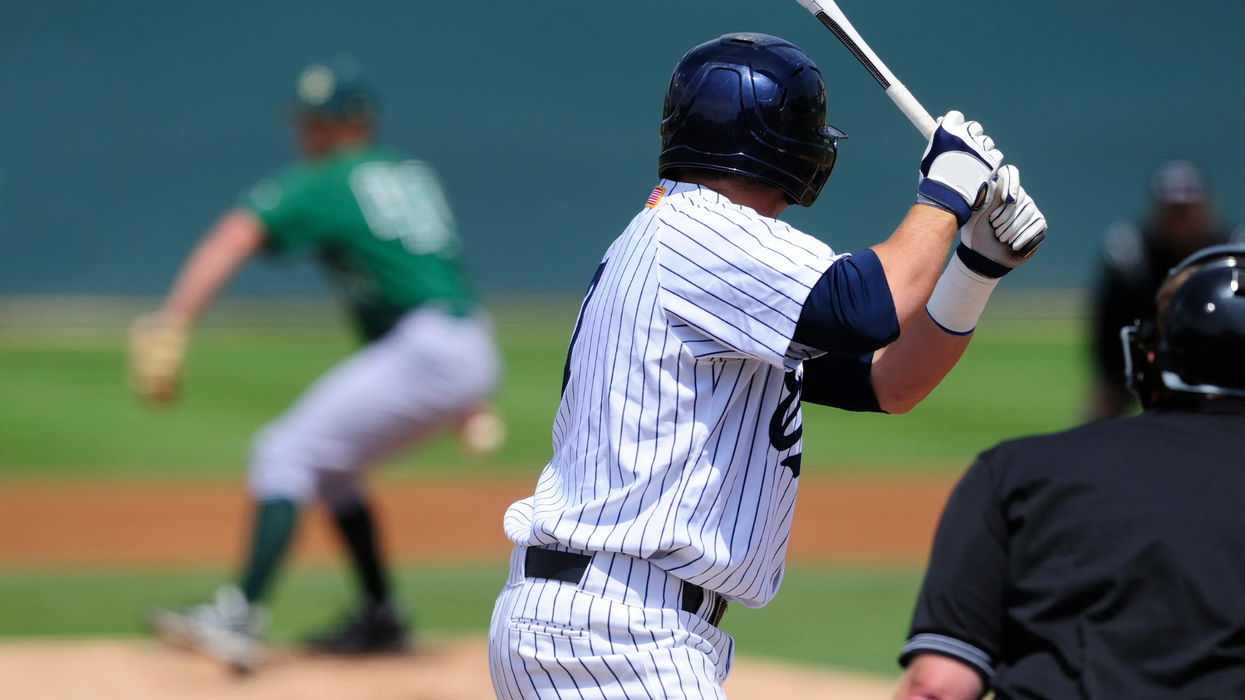



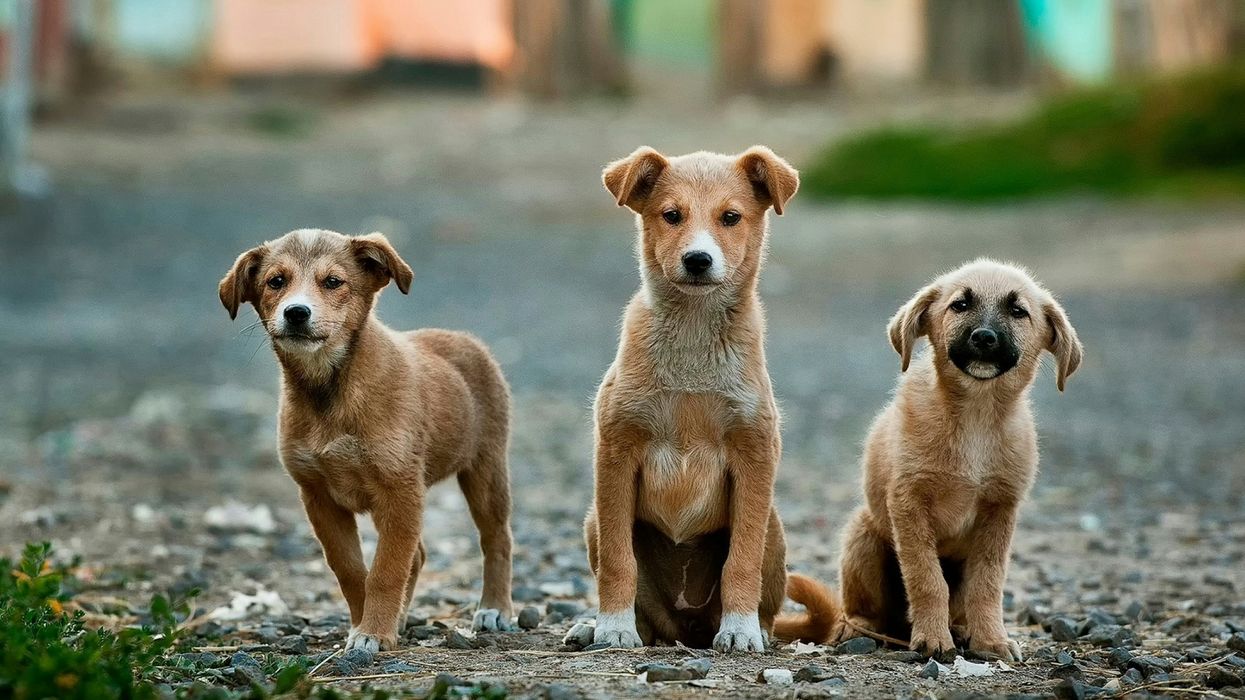
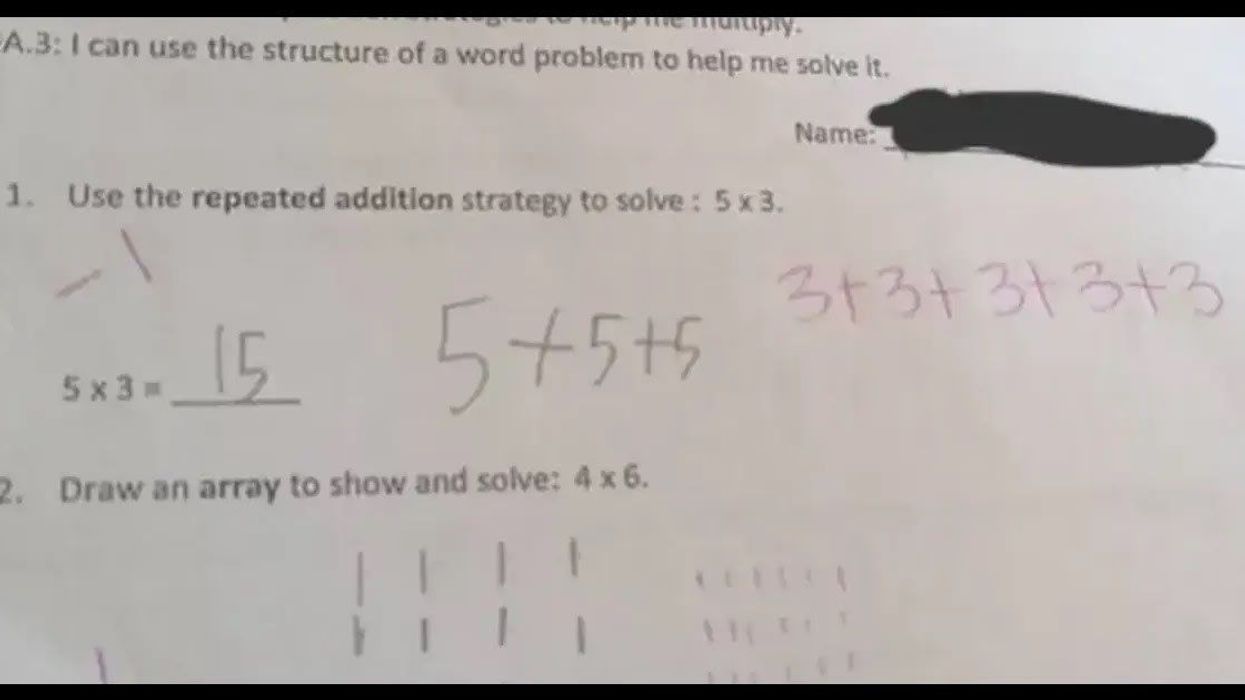
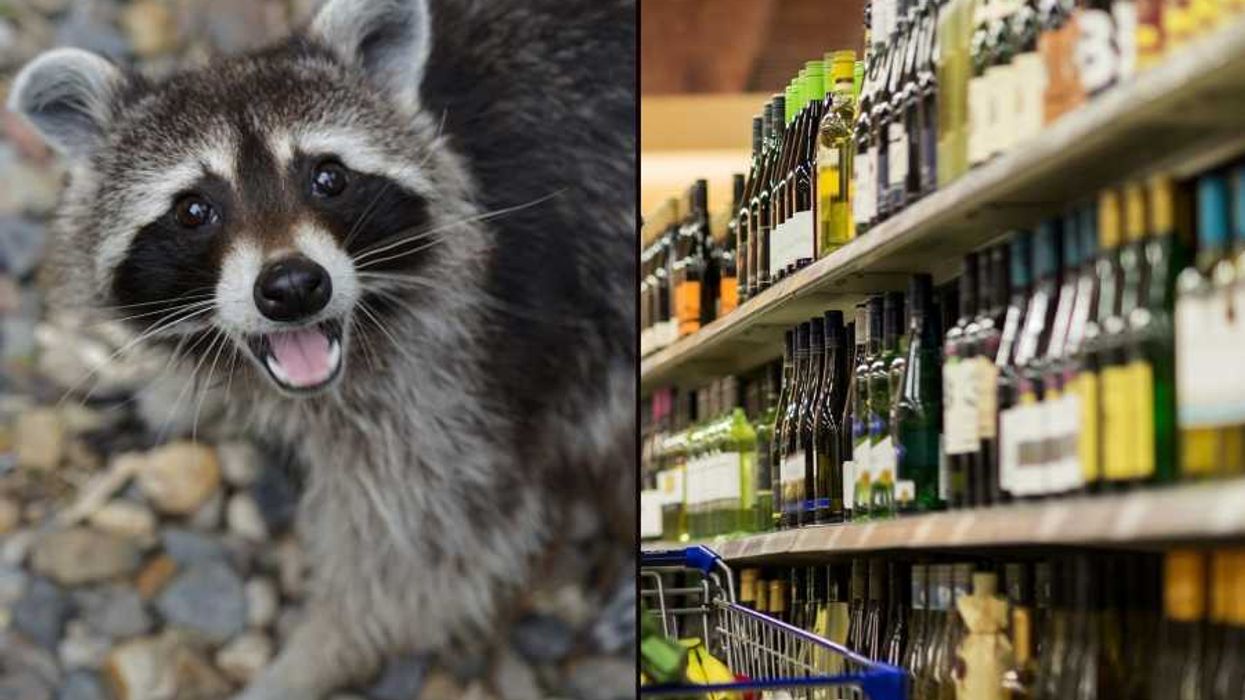
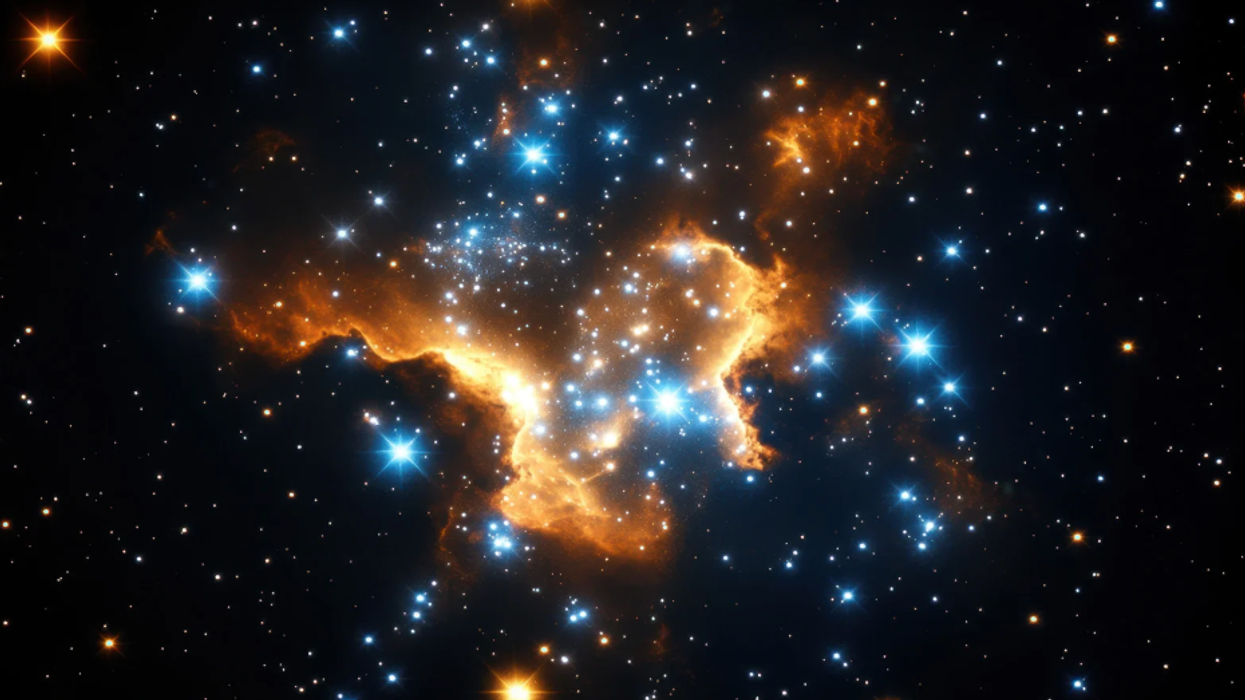
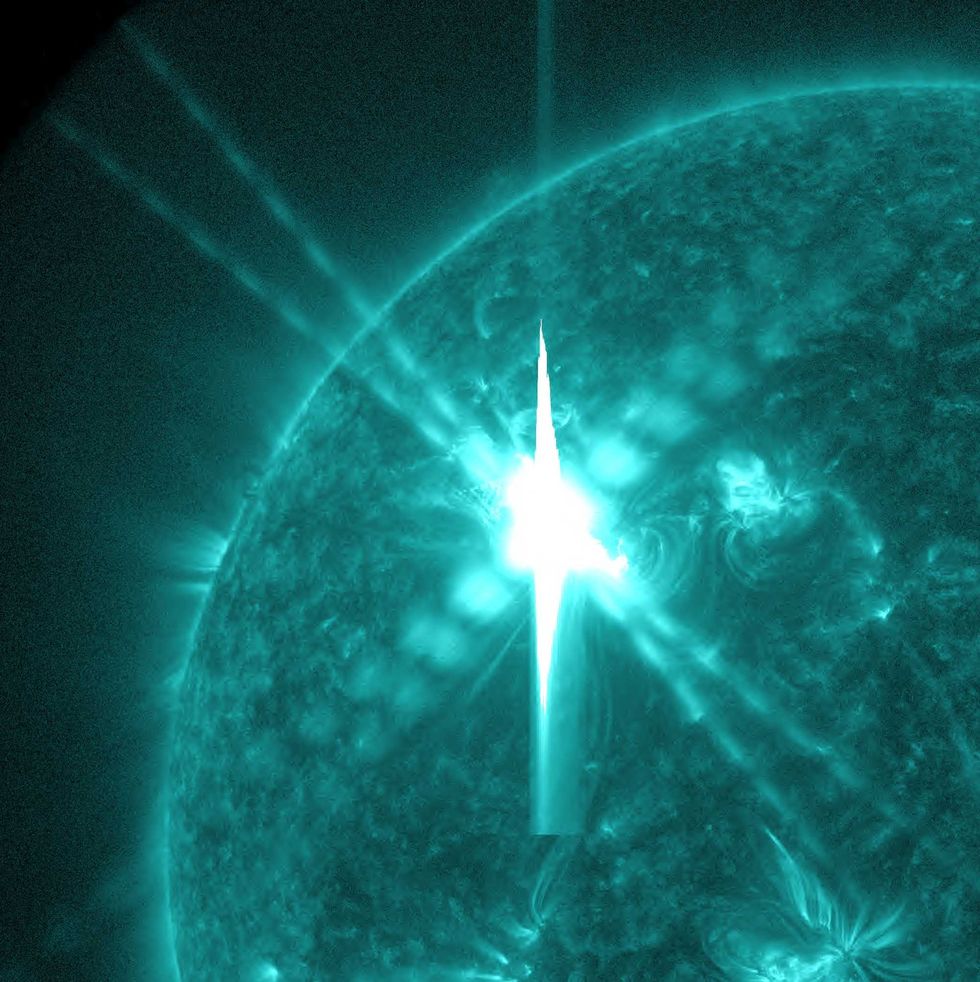 Image artifacts (diffraction spikes and vertical streaks) appearing in a CCD image of a major solar flare due to the excess incident radiation
Image artifacts (diffraction spikes and vertical streaks) appearing in a CCD image of a major solar flare due to the excess incident radiation

 Ladder leads out of darkness.Photo credit
Ladder leads out of darkness.Photo credit 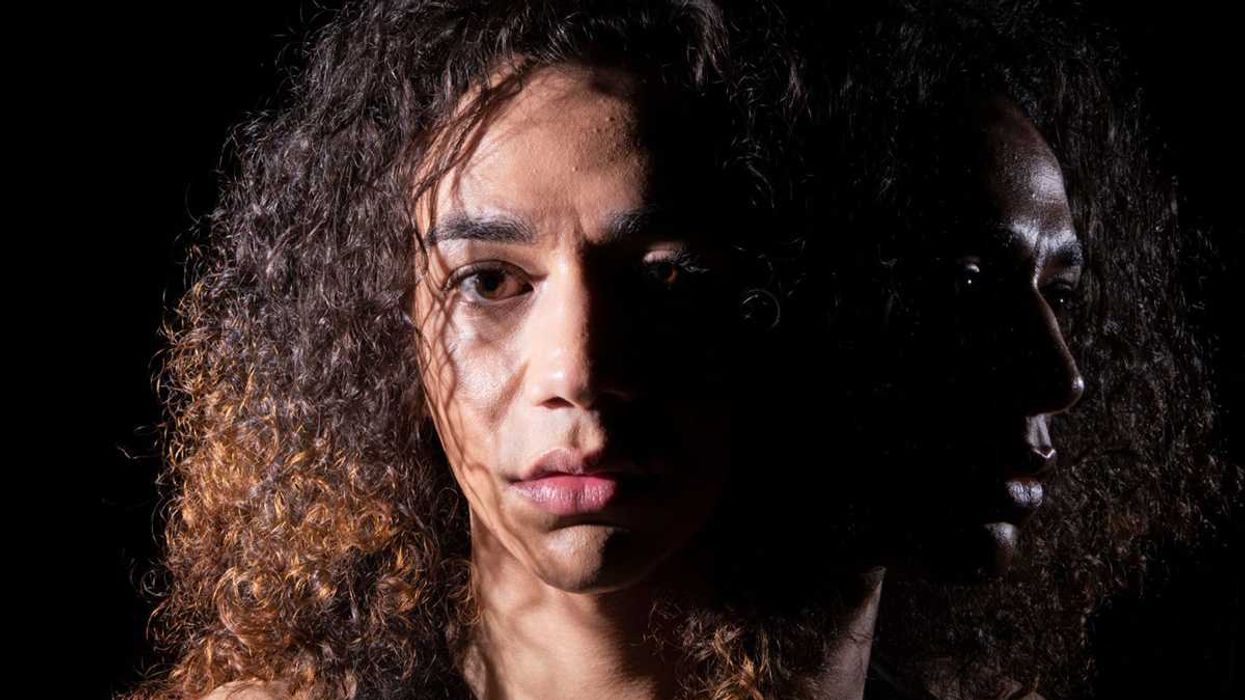 Woman's reflection in shadow.Photo credit
Woman's reflection in shadow.Photo credit  Young woman frazzled.Photo credit
Young woman frazzled.Photo credit 
 A woman looks out on the waterCanva
A woman looks out on the waterCanva A couple sits in uncomfortable silenceCanva
A couple sits in uncomfortable silenceCanva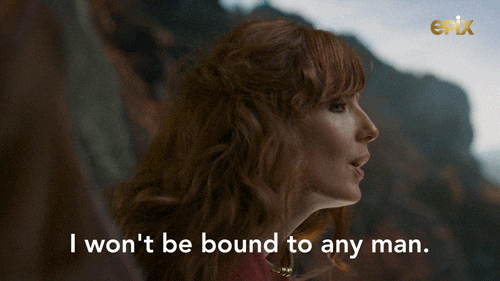 Gif of woman saying "I won't be bound to any man." via
Gif of woman saying "I won't be bound to any man." via  Woman working late at nightCanva
Woman working late at nightCanva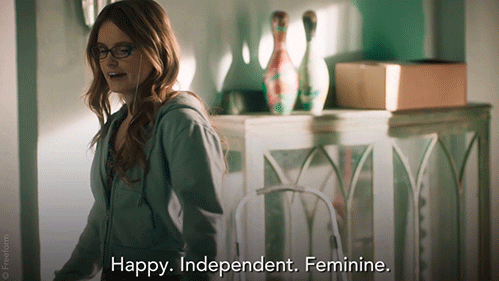 Gif of woman saying "Happy. Independent. Feminine." via
Gif of woman saying "Happy. Independent. Feminine." via 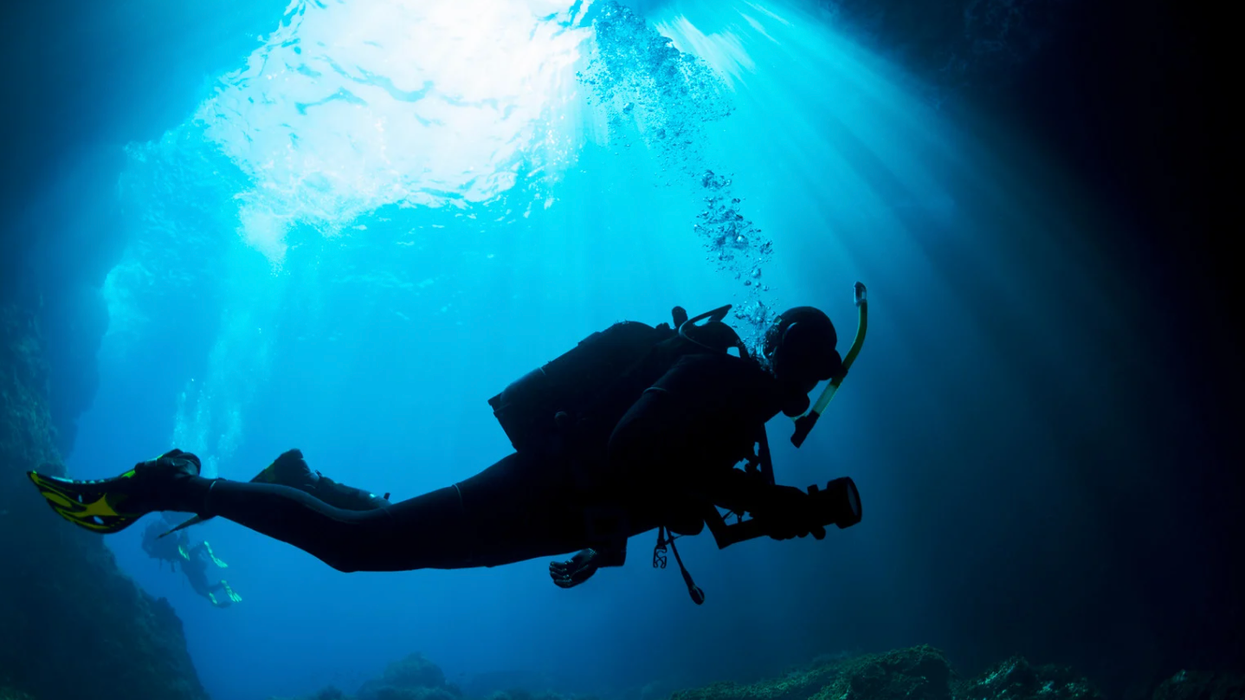
 Yonaguni Monument, as seen from the south of the formation.
Yonaguni Monument, as seen from the south of the formation. 